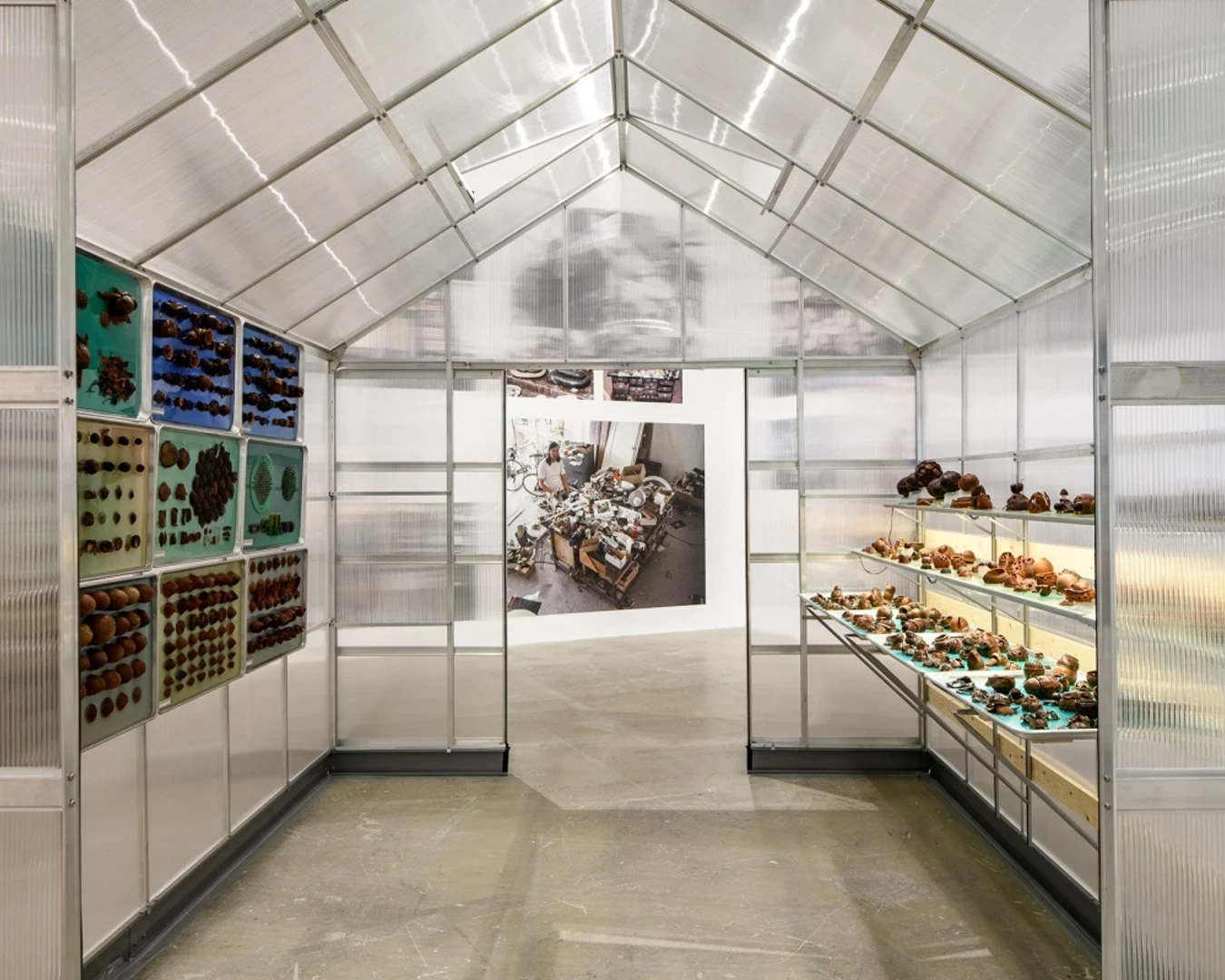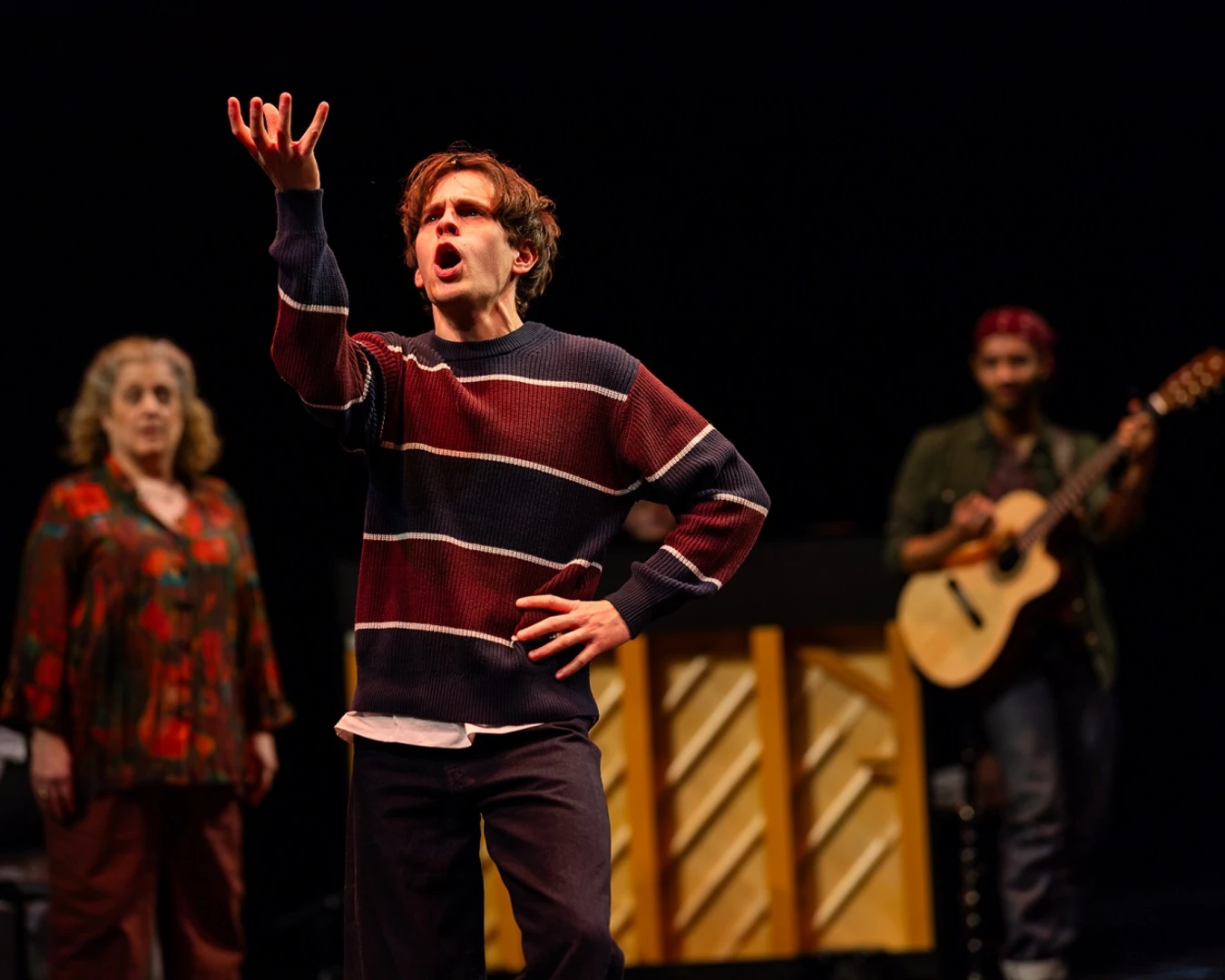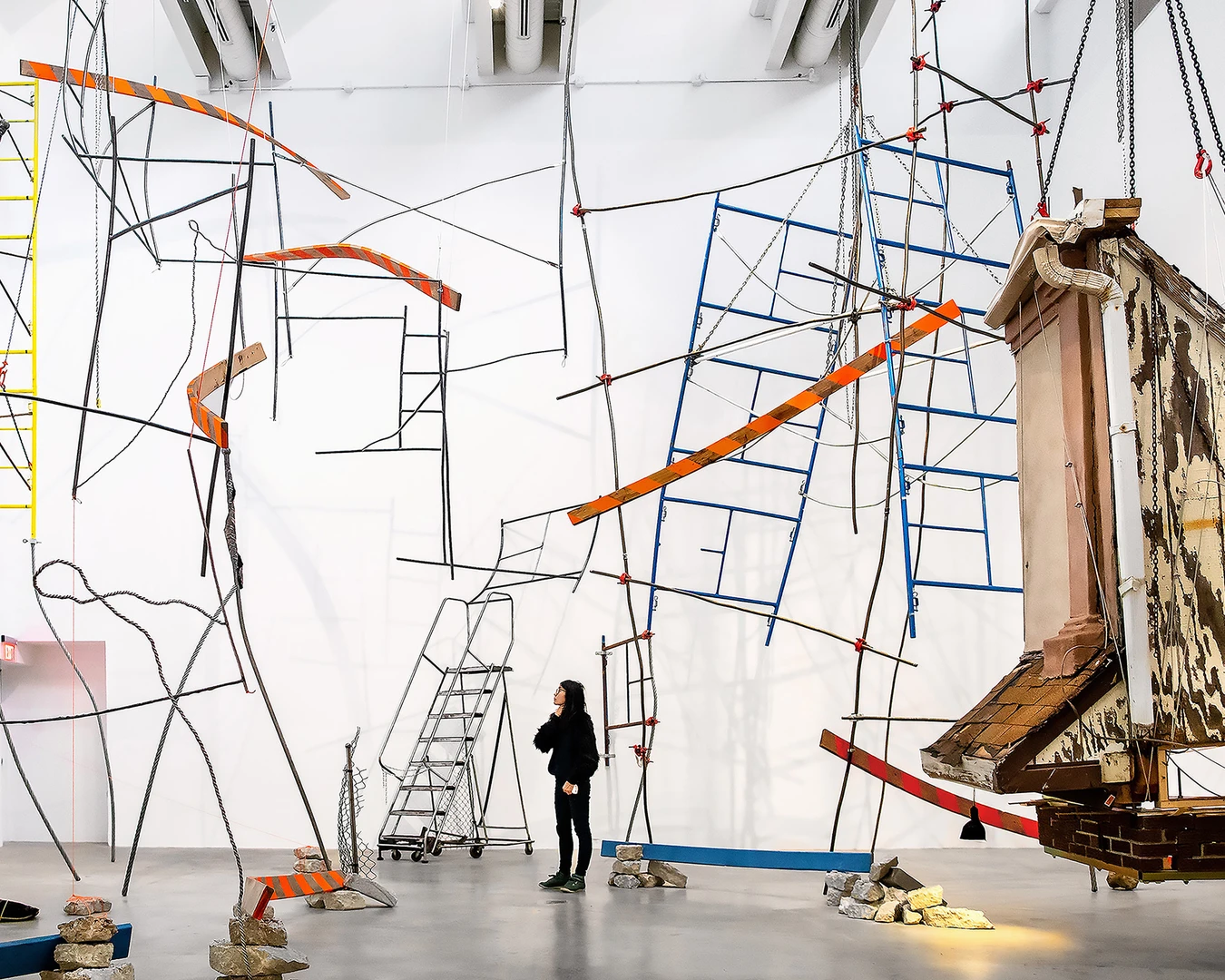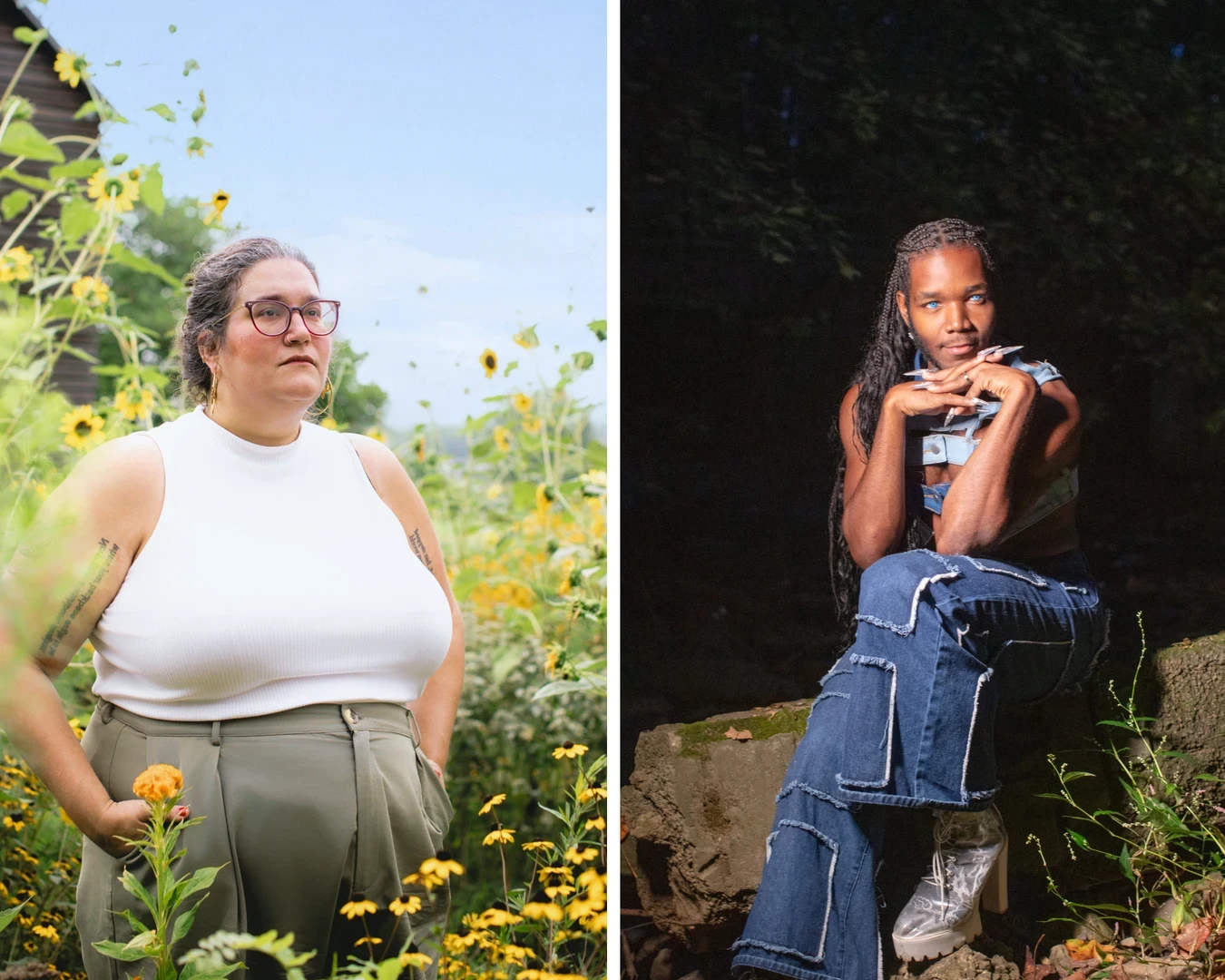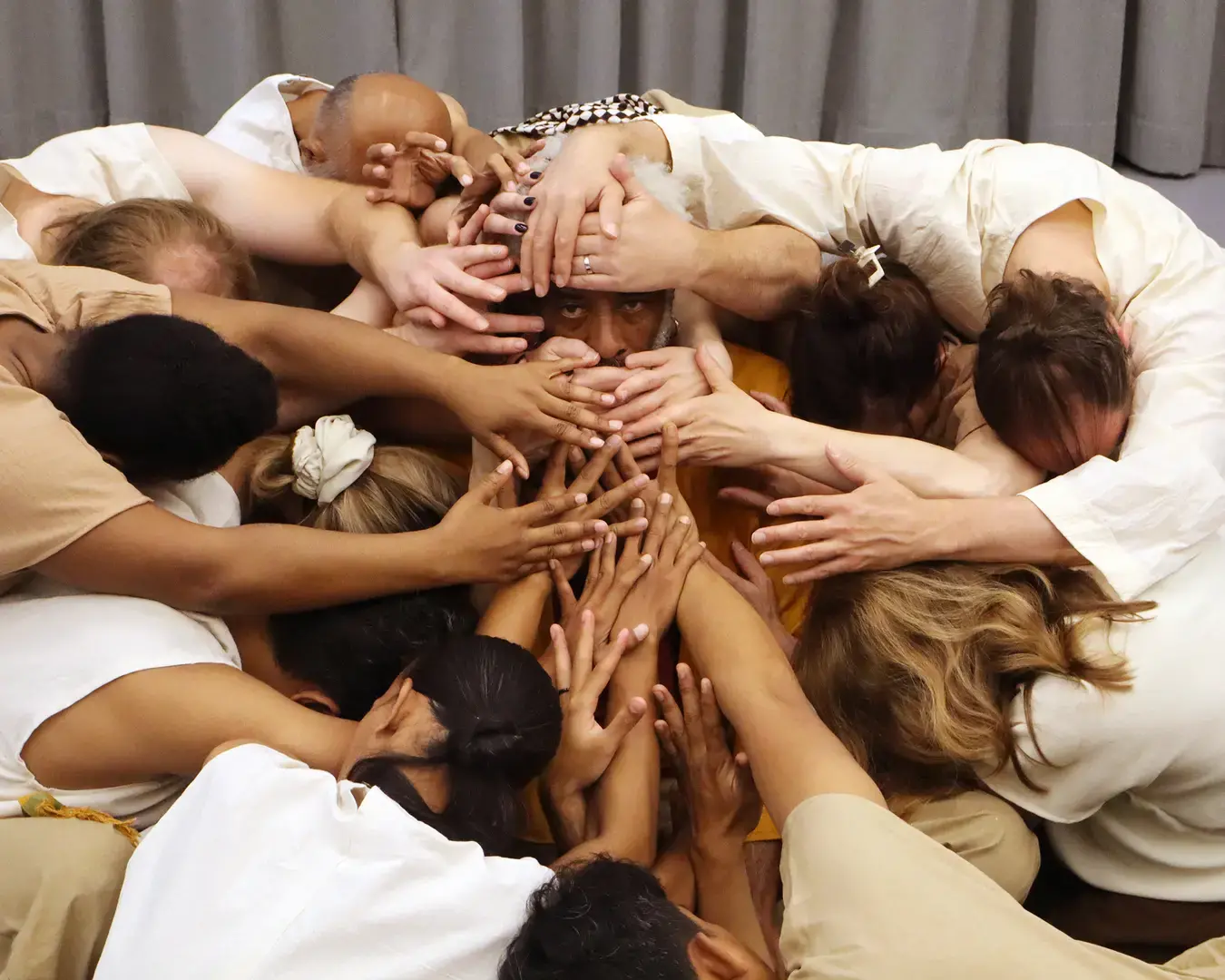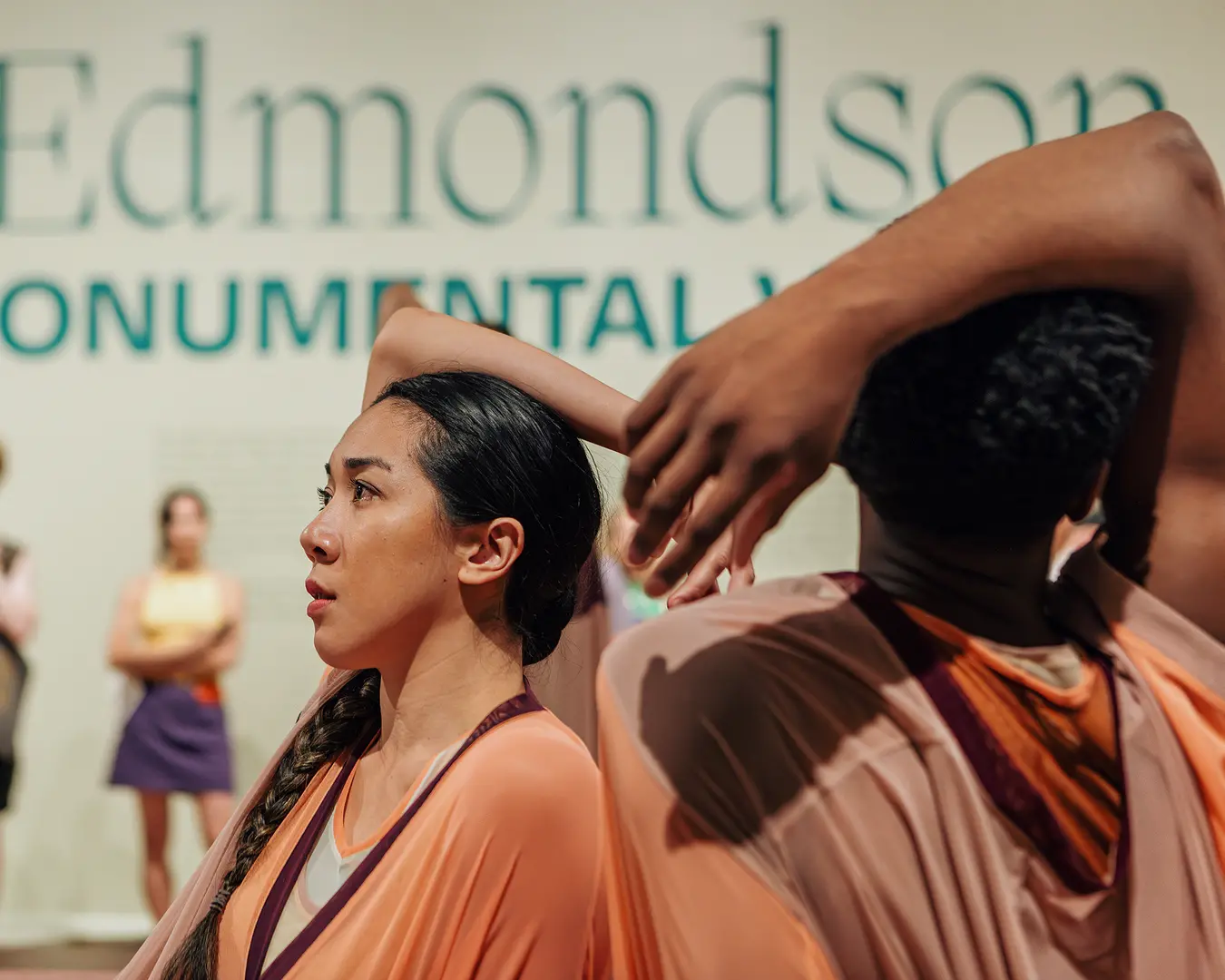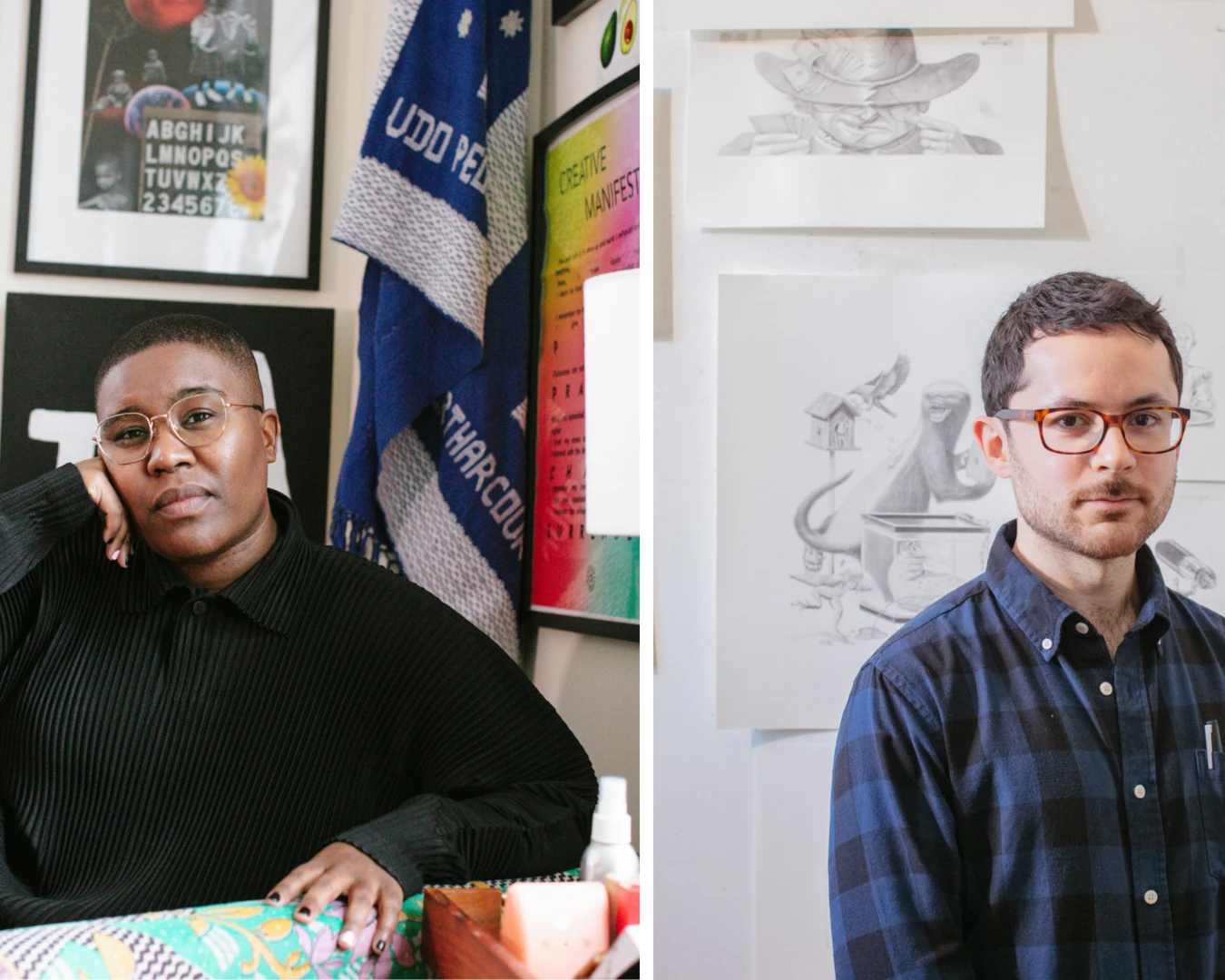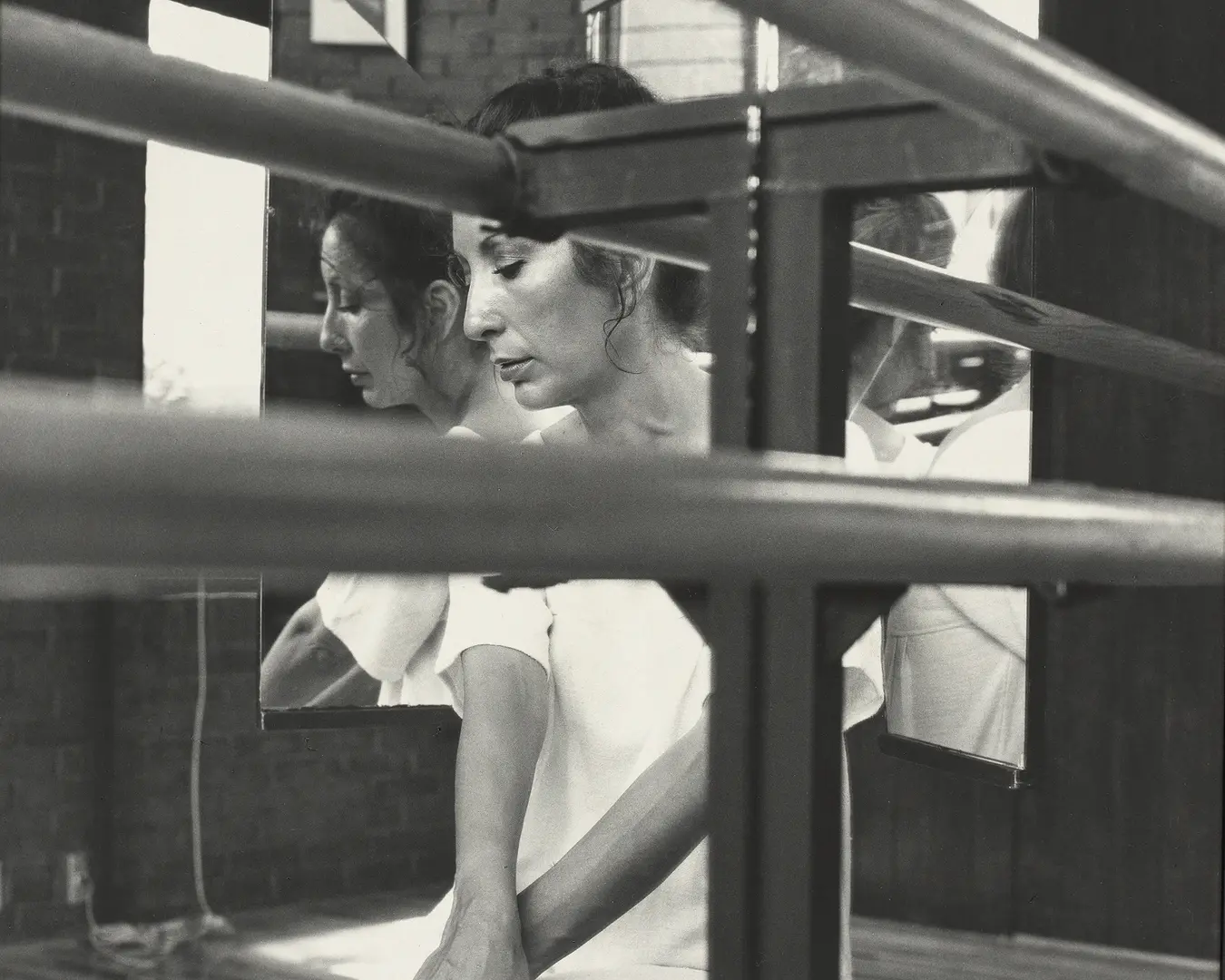Transcript permalink
I find this one of the most exciting opportunities in the field, to bring new voices and new perspectives into the field and to help us think in new ways about the objects we study and our approaches to them. The collaboration with Freddy [INAUDIBLE], who's a computer scientist in Belgium, is one of my favorite projects that I've ever worked on. He was working on developing a database that would help not only catalog the thousands of examples of Kota reliquaries that are in largely in Western collections in the US and Europe, but actually attempt to understand something of how they were made and maybe even what they were used for.
Like many objects from Africa, we have very little information, very little by way of documentation about where specifically an object was collected or made, the names of the artists, or family members or community members who owned or use those objects. So in a case like Kota reliquaries, you have thousands of examples and a feeling that there's really nothing that can be done to understand the history of these works.
And a computer scientist-- it really takes I think somebody like a computer scientist to challenge us, to look harder at the evidence that we have. And so he created an algorithm that helped organize, cluster, these objects by similarities and differences. And he I think was able to make some very compelling arguments about how we might think about groups of objects and possibly even a chronology of development or regional variations on these objects.
And he I think really forced me as an Africanist to think, how can we demand more from the objects? The objects are the evidence that we have to work with. So I'm really excited about any kind of work where we bring a different perspective in, a perspective from outside the field that helps us kind of shake up our thinking.
Other examples would be, in the past I've worked with a radiologist who's done CAT scans of 11 to 17th century terracotta sculptures from the Inner Niger Delta of Mali that I've studied. That revealed a great deal about how the objects were made, even revealed something about how they were used, because he was able to point out that a number of the objects he scanned had internal cavities that were purposefully created. And it allowed us to ask some questions about whether something might have been placed there, and if so, what?
So I think that science, conservation, big data projects, I mean, these are all perspectives that are really needed in a field that's very young and that's struggling with the fact that we don't have a lot of documentary evidence that other fields might have about their objects.
Permalink
